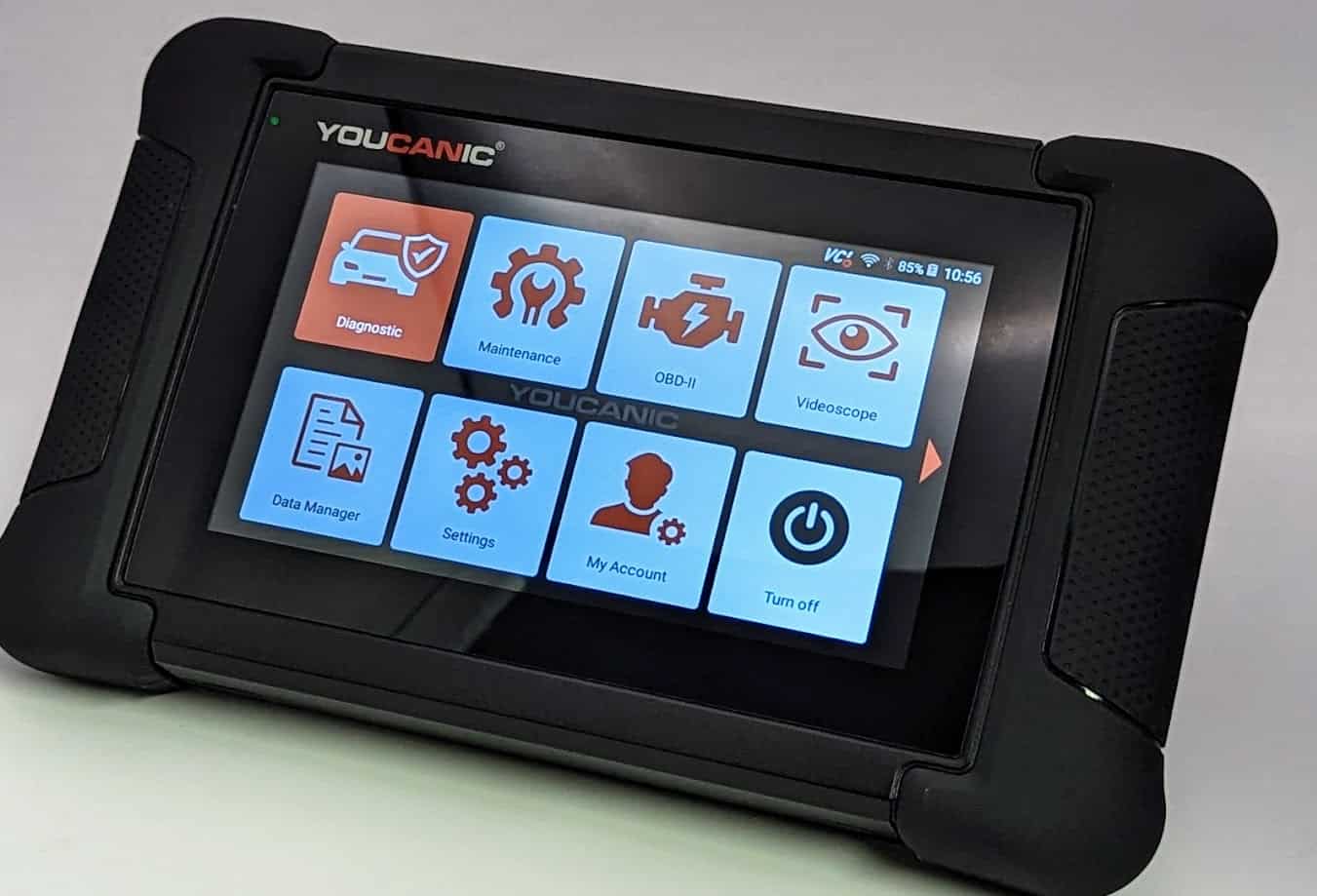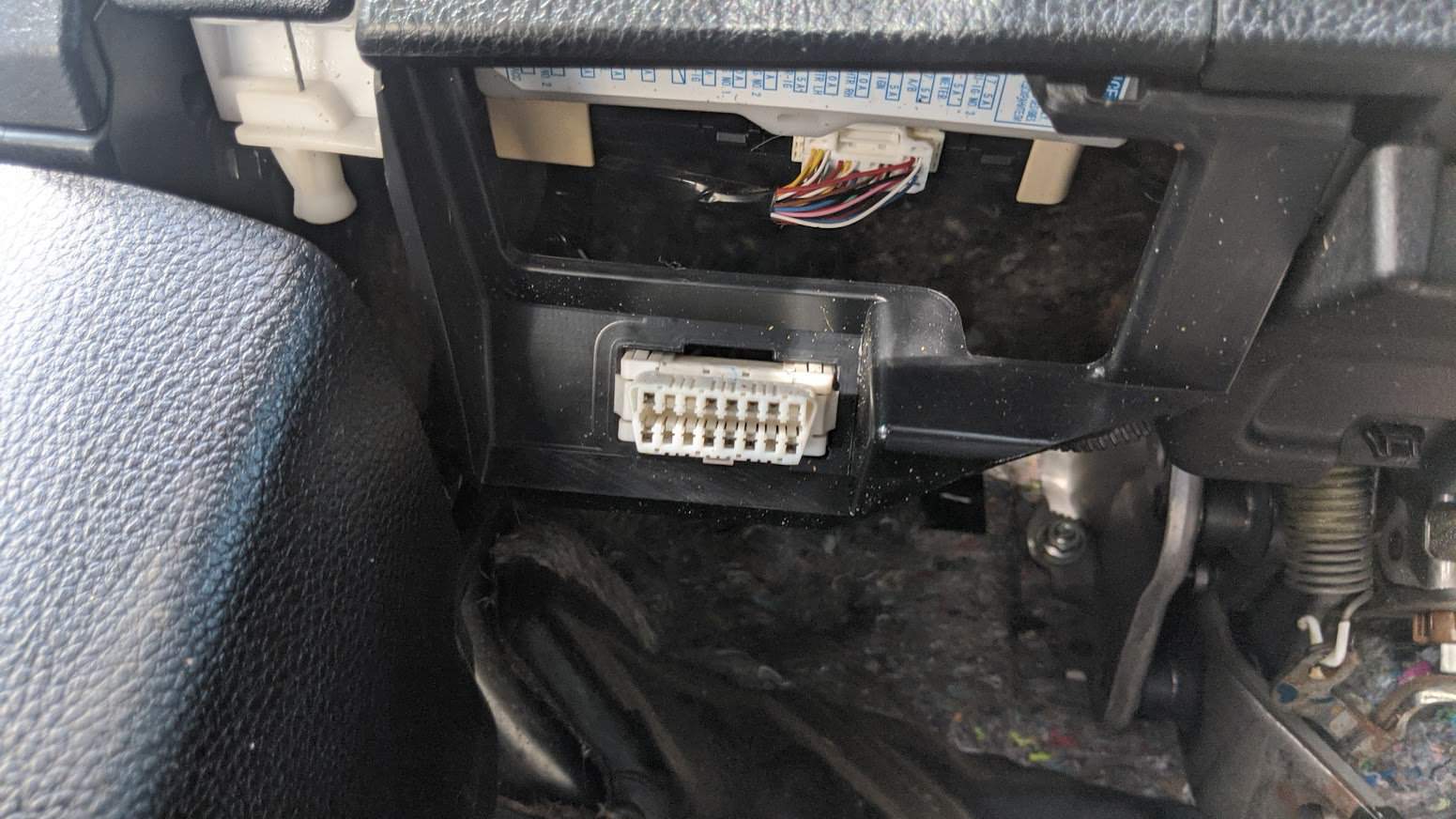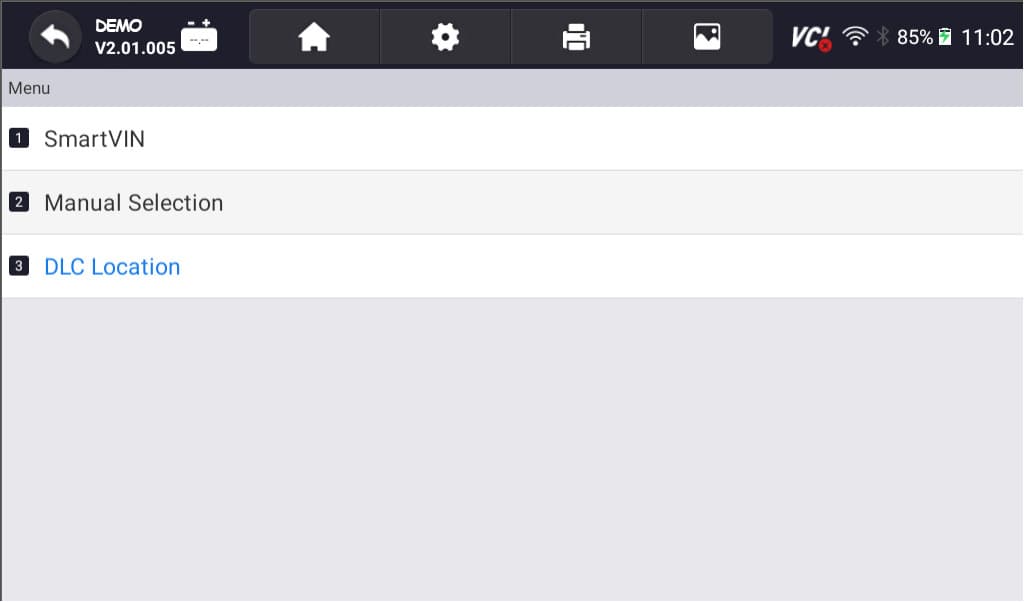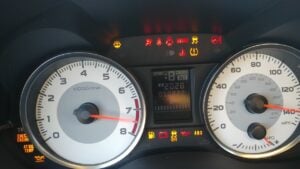Mastering Renault Diagnostics: How to Read and Clear DTCs/Fault Codes
Made in France, Renault vehicles have been shaping the automotive industry for over a century. They have the name of being stylish and reliable. One of the most common problems that Renault owners face is the dreaded check engine light and some warning lights, which include ABS, SRS, differential, traction control, transmission, battery, etc.
The check engine light is a warning indicator that tells you that there is a problem with your vehicle’s engine or emissions system. When the check engine light or any other warning light comes on, it is important to have your vehicle scanned for fault codes.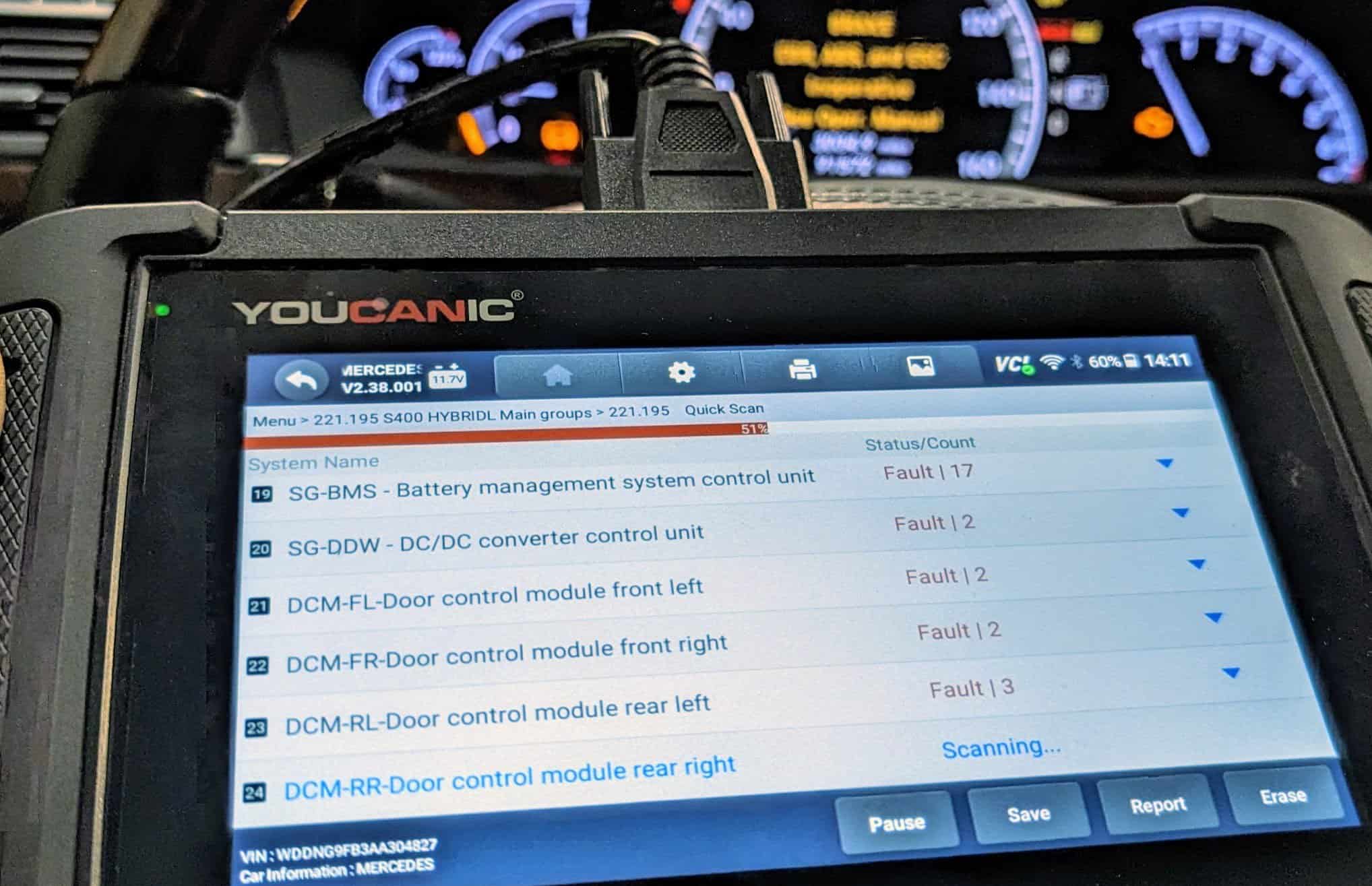
DTCs are like Morse codes from your Renault, revealing hidden issues that might hinder its optimal performance. These alphanumeric codes provide clues to underlying problems, empowering mechanics or DIY enthusiasts to diagnose and repair them efficiently. Understanding DTCs will surely help many people, especially vehicle owners, stay informed about their vehicle’s health and make informed decisions about its maintenance.
How to Read and Clear Renault DTC Fault Codes
OBD stands for “On-Board Diagnostic”. Most modern vehicles now include an OBD port, which can be utilized by a scanner that communicates to your vehicle. It is plugged in by an OBD-II scanner into the socket designed to help automotive technicians interpret faults and other issues that your Renault may be experiencing or have recorded. Models of Renault since 2001 have already had their OBD-II port. Some models include the Renault Clio, Modus, Avantime, Fluence, Megane, and newer models. Here are the steps on how to read DTCs or Fault codes:
- Gather the necessary tools: Equip yourself with a Professional-Grade OBD-II Scanner that is compatible with your Renault. Click Here for our Professional-Grade YOUCANIC Scanner

- Access the OBD-II Port: This port is usually found under the dashboard, near the steering column; the OBD-II port is the gateway to your car’s diagnostic information. Turn the ignition key to the “ON” position without starting the engine to make a connection with the vehicle’s computer. If your Renault has a START/STOP feature, press the button without pressing the brake pedal. Do not start the engine. If you are unsure of the OBD-II port of your vehicle, you can always check the Car Owner’s Manual. If you can’t access the OBD-II of your Renault, check this article out.

- Access the Diagnostic Menu: On the YOUCANIC scanner’s display, navigate to the “Diagnostic” or “Scan” menu. This menu allows you to access various diagnostic functions for your Renault.

- Select ‘RENAULT’ as the Vehicle Make: This ensures the scanner effectively communicates with the Renault On-Board Diagnostic system and effectively scans the fault codes.

- Select option for model selection: The scanner has various options for model selection; you can choose SmartVIN to detect your vehicle automatically. However, you choose Manual Selection if SmartVIN does not work as intended. Check our article here if you want to know more about your Renault’s VIN

- Select the Specific Model and Chassis: After selecting the vehicle make, scroll through the available models and select the correct one for your Renault. Additionally, choose the corresponding chassis or body type to properly sync the scanner to your vehicle.

- Select Control Units: Once you have selected the model and chassis, the scanner will let you choose between “Quick scan” or “Control Modules.” Control Modules display a list of control units or modules in your vehicle. Examples include the engine control module (ECM), transmission control module (TCM), and ABS control module. Choose the specific module you want to diagnose. Otherwise, you can also choose the “Quick Scan” to check everything.

- Interpret the Codes: Once the YOUCANIC scanner completes the code retrieval process, the displayed codes will provide information about specific issues detected by the control unit. Take note of these codes for further analysis and diagnosis. Each DTC consists of a letter and four numbers. The letter indicates the system affected, while the numbers describe the issue more specifically. Click here to learn more about fault codes.

- Erase Codes: After the problem has been repaired, return to the scanner’s menu and select the option to “Erase Codes” or “Clear Codes.” This action removes the stored fault codes from the control unit’s memory, indicating that the problem has been resolved. Please note that you may or may not erase a code when the issue is not fixed.

NOTE: These pictures are just a demo of our YOUCANIC Scanner. It may or may not be exactly the same, but the procedure is the same.
Is Regular Scanning for DTCs/Fault Codes Good for Your Vehicle?
Regularly scanning your Renault for DTCs is akin to giving your vehicle a check-up. It’s recommended that you scan your car at least once a year or more frequently if you notice any performance issues or warning lights illuminate.
Why do I Need to scan my vehicle?
There are several reasons why you should scan your vehicle for fault codes:
- To identify the source of the problem. Fault codes can help you pinpoint the specific problem with your vehicle. This can save you time and money on repairs.
- To prevent further damage. Ignoring fault codes can lead to further damage to your vehicle and be dangerous.
- It can improve fuel efficiency, and fixing problems causing fault codes can, depending on the malfunctioning part, improve a vehicle’s fuel efficiency.
- To pass emission testing in some states, you may be required to have your vehicle scanned for fault code before you can pass emission testing.
Why doesn’t clearing the codes work?
Once you’ve identified the DTCs, you may be tempted to clear them, hoping to continue driving your Renault, and the problem magically disappears. Clearing the codes can temporarily remove the “Check Engine” light, but it doesn’t address the underlying issue. It will always come back. Here are also some lists of why you cannot clear the codes of your Renault:
- Use a Professional-Grade Scanner: Ditch the generic scanner and upgrade to a professional-grade one like the YOUCANIC scanner. Generic scanners are like trying to open a Ferrari with a Ford key – it won’t work! YOUCANIC, on the other hand, is like the master key to your Renault’s diagnostics, unlocking hidden diagnostic powers and letting you clear codes that would otherwise remain stubborn and hidden.
- Underlying Issues: Before clearing fault codes, remember to address the underlying issue that triggered them in the first place. Clearing codes is like patching a leaky pipe without fixing the cracked valve – it’s just a temporary fix. The ‘check engine’ light will surely come back and haunt you.
- Continuous Fault Monitoring: Like the SRS system, certain fault codes may be cleared by disconnecting the battery (like a reset). However, they will reappear even after clearing until the root cause is resolved. This is a persistent reminder to fix the problem, not just mask it.
- Proper Clearing Procedure: To clear fault codes effectively, follow the correct steps outlined in your diagnostic scanner’s user manual. If you are unsure about the clearing procedure, consult a professional for guidance specific to your scanner and Renault model.
DIY vs. Authorized Mechanic
While some DTCs may be addressed through DIY repairs, others require the expertise of an authorized mechanic when the issue is complex. These are the factors to consider:
- Complexity of the Repair: Specialized tools and knowledge are essential for intricate repairs, such as repairing a transmission.
- Warranty Coverage: DIY Repairs may void warranty coverage of your vehicle
- Mechanical Expertise: Assess your comfort level with automotive repairs. If the repair is complex or requires heavy equipment, you should have it done by a certified mechanic.
Check our article here if you want to know what is the best OBD-II for DIY Enthusiasts: Best OBD2 Scanner For DIY Auto Repair – YOUCANIC
What happens when I ignore the fault codes?
It can lead to several problems, like further damage to your vehicle, because the problem causing the fault code may get worse and cause further damage.
Ignoring fault codes can lead to increased emissions, harming the environment.
Failure to pass emission testing could happen if you ignore fault codes; you may not be able to pass the emission testing in your state.
What do Historical, current, and stored DTCs do?
- History: These codes indicate past issues that have resolved themselves or are no longer causing the “Check Engine” light to illuminate. They typically do not require immediate attention.
- Current Codes: These codes represent current or active problems that require immediate diagnosis. They indicate a present issue or malfunction in a specific system or component of the vehicle that needs to be addressed. They will remain displayed until the underlying issue is resolved.
- Stored Codes: These codes are inactive but remain stored in the computer’s memory, recording previous issues. These can provide additional information about past issues as a historical reference for previous faults. While they may not be active, they can offer insights into the vehicle’s history and aid in the diagnostic process.
Please click here to learn more about the history, current, and stored DTCs.
What is the purpose of Live Data and Freeze data?
Live data allows you to monitor real-time sensor readings, providing valuable insights into the car’s operation. On the other hand, Freeze frame data captures a snapshot of vehicle conditions when a fault code is triggered. Analyzing this data provides context and aids in pinpointing the root cause of the issue.
Frequently Asked Questions:
Can I clear DTCs myself?
Yes! While clearing DTCs can temporarily turn off the “Check Engine” light, it doesn’t address the underlying issue. It’s recommended that a qualified mechanic diagnose and repair the problem before you clear all the codes. You can also ask for professional assistance.
How Often should I check for DTCs?
Regularly checking for DTCs can help you identify potential issues early on, preventing more serious problems. You can also use it whenever a check engine light illuminates to diagnose or check why your car is acting up.
What are the benefits of using a professional-grade scanner?
Professional-grade scanners provide more detailed information, manufacturer-specific codes, guided diagnostics, and component testing capabilities, making them a valuable tool for accurate diagnosis and repair.
References:
- The Drive – What Is an OBD2 Scanner and How Does It Work?
What Is an OBD2 Scanner and How Does It Work? | The Drive - YOUCANIC – DTC Fault Codes
DTC Fault Codes – YOUCANIC - Consumer Reports – What Does the Check Engine Light Look Like, and What Does It Mean?
What Does the Check Engine Light Look Like, and Really Mean? – Consumer Reports - Current / Stored / Active / Past / History Fault Codes Explained
Current / Stored / Active / Past / History Fault Codes Explained – YOUCANIC



